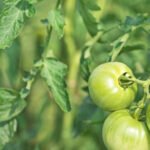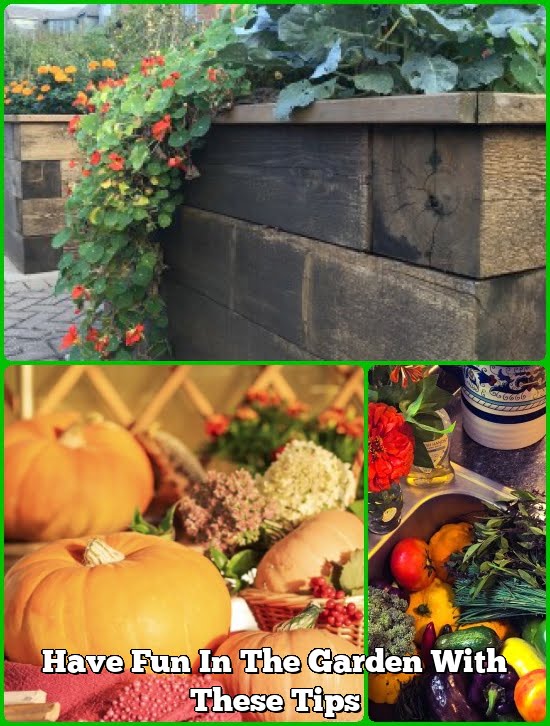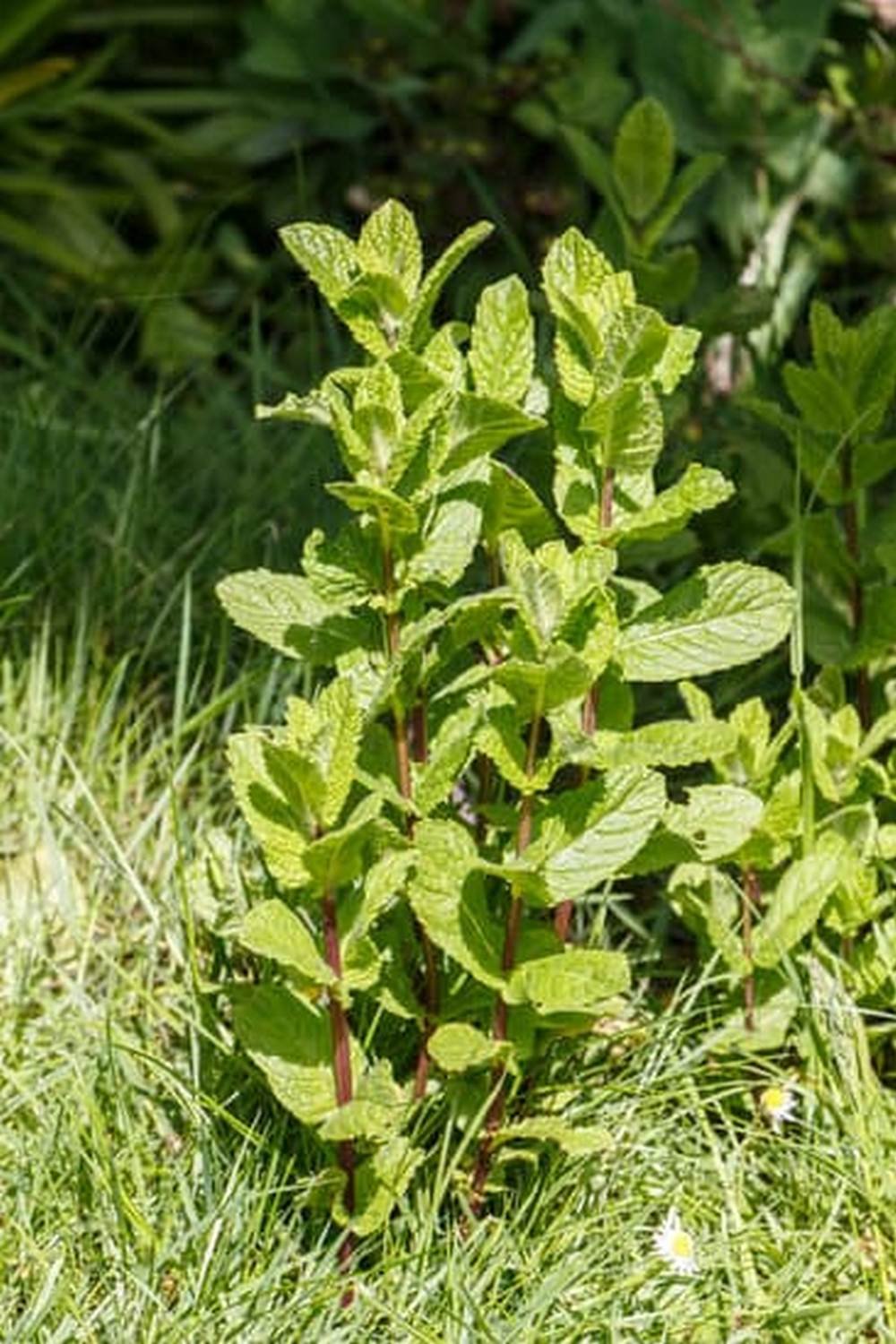Tips For Planting A Vegetable Garden
1. Location, Location, Location
The first step in planting a vegetable garden is to select the right location. You’ll want a spot that receives plenty of sun and has good drainage. If you’re not sure where to start, consult a gardening book or online resource for specific instructions.
2. Choose Your Plants
Once you’ve selected a location, it’s time to choose your plants. Start by deciding what types of vegetables you want to grow. Then, consult a planting guide to determine the best time of year to plant them and the recommended spacing between plants.
3. Amend The Soil
Before planting your vegetables, you’ll need to amend the soil. This can be done by adding organic matter such as compost, manure, or peat moss. Be sure to read the instructions on your soil amendment product to make sure you’re using the correct amount.
4. Plant Your Vegetables
Once the soil is ready, it’s time to plant your vegetables. Follow the instructions in your planting guide to ensure that your plants are spaced correctly and receive the right amount of water and sunlight.
5. Care For Your Vegetables
Once your vegetables are planted, it’s important to care for them properly. This includes watering them regularly, removing any weeds that may grow, and providing adequate nutrients. A good way to provide nutrients is to use a compost tea or organic fertilizer.
6. Harvest Your Vegetables
Finally, it’s time to harvest your vegetables! Be sure to harvest them at the appropriate time so that they are the correct size and have the best flavor.
Where To Plant A Vegetable Garden
One of the most important decisions a gardener must make is where to plant their vegetable garden. The location of your garden will determine what plants you can grow, how much sun and water the plants will receive, and how easily you can access your garden.
When choosing a location for your vegetable garden, consider the following factors:
Sun Exposure
All vegetables need at least six hours of direct sun per day. Some vegetables, such as tomatoes and peppers, need eight or more hours of direct sun per day. If your garden is in full sun, choose plants that thrive in full sun. If your garden is in partial sun or shade, choose plants that thrive in those conditions.
Soil Quality
Not all soils are suitable for growing vegetables. Some soils are too sandy or too heavy. Some soils are acidic or alkaline. Some soils are full of clay. Before you choose a location for your garden, test the soil to see if it is suitable for growing vegetables. If the soil is not suitable, you can amend the soil by adding organic matter such as compost or peat moss.
Water Availability
All vegetables need water to grow. Some vegetables, such as tomatoes and cucumbers, need a lot of water. If your garden is in an area that does not have good water availability, choose plants that do not need a lot of water. You can also install a drip irrigation system to water your garden.
Space Requirements
Not all vegetables have the same space requirements. Some vegetables, such as lettuce and spinach, can be grown in containers. Other vegetables, such as tomatoes and corn, need a lot of space. When choosing a location for your garden, consider the size of the vegetables you want to grow.
Ease of Access
When choosing a location for your garden, consider how easily you can access the garden. If you have a lot of plants in your garden, you will need to choose a location that is easy to get to. You will also need to consider the size of the plants. Some plants, such as tomatoes, are tall and require a lot of space. If you have a small garden, you may not be able to grow tall plants.
The location you choose for your garden will depend on a variety of factors, including the amount of sun exposure, soil quality, water availability, and space requirements. When choosing a location, consider the vegetables you want to grow and the conditions that are best for those vegetables.
Best Time Of Day To Plant Garden Vegetables
There is no single answer to this question as different vegetables have different optimal planting times. However, there are some general rules of thumb that can help you get the most out of your garden.
The best time of day to plant garden vegetables generally depends on the time of year. In the spring, vegetables can be planted in the early morning or evening. During the summer, vegetables should be planted in the early morning to avoid the heat of the day. In the fall, vegetables can be planted in the morning, afternoon, or evening.
If you are planting vegetables in the spring, it is important to remember that many vegetables need at least six hours of sunlight per day. If you are planting vegetables in the summer, you will need to find a spot in your garden that receives full sun.
The best time of day to plant garden vegetables also depends on the type of vegetable. Root vegetables, such as carrots and potatoes, should be planted in the early morning or evening. Vegetables that grow above the ground, such as tomatoes and peppers, should be planted in the morning.
If you are unsure of when to plant your vegetables, it is a good idea to consult a gardening guide or your local Cooperative Extension Service.
Companion Planting Vegetable Garden Designs
companion planting
Companion planting is a form of gardening that employs specific combinations of plants in order to achieve a desired effect. Companion planting is based on the idea that different plants have different needs, and that by planting these plants together, each one can provide for the other. Companion planting can be used to improve the growth and health of plants, to repell pests, and to attract beneficial insects.
There are a number of different companion planting schemes that can be used in a vegetable garden. Some of the most common schemes are the Three Sisters Garden, the Square Foot Garden, and the Dutch Bucket Garden.
The Three Sisters Garden is a companion planting scheme that uses three different plants – corn, beans, and squash. The corn provides a structure for the beans to climb, the beans fix nitrogen in the soil, and the squash spreads over the ground to provide shade and keep the soil moist.
The Square Foot Garden is a companion planting scheme that uses a grid system to divide the garden into small squares. Different plants can be planted in each square, depending on the plants’ needs. For example, taller plants can be planted in the back row, while shorter plants can be planted in the front row.
The Dutch Bucket Garden is a companion planting scheme that uses buckets or other containers to grow plants. The buckets are filled with a growing medium and the plants are planted in the growing medium. The buckets are then placed in a Sunny location. The Dutch Bucket Garden is a great way to grow plants in a small space.
Good Time To Plant Vegetable Garden
The best time to plant a vegetable garden is typically early spring, when the weather is still cool and the ground is not frozen. This is also a great time to plant flowers, since many flowers bloom in the spring.
If you are looking to plant a vegetable garden, it is important to choose a location that gets plenty of sunlight. The garden should also be located in an area with good drainage, as wet soil can lead to plant diseases.
When selecting vegetables to plant in your garden, it is important to consider the climate and the growing conditions in your area. For example, some vegetables, such as tomatoes, require warm weather and cannot be grown in cold climates. Other vegetables, such as broccoli, can be grown in both cold and warm climates.
When planting your vegetables, it is important to follow the instructions on the seed packets. This will help ensure that your vegetables grow properly. For example, many vegetables need to be planted deep in the soil, while others need to be planted in shallow soil.
If you are not sure how to plant a vegetable garden, there are many resources available online and in libraries. There are also many books available on the topic, which can provide you with information on the best vegetables to plant in your area, as well as tips on how to care for your garden.

If you’re looking to get into vegetable gardening, or are just looking for some tips on how to make your current garden better, then you’ve come to the right place! My name is Ethel and I have been gardening for years. In this blog, I’m going to share with you some of my best tips on how to create a successful vegetable garden.





